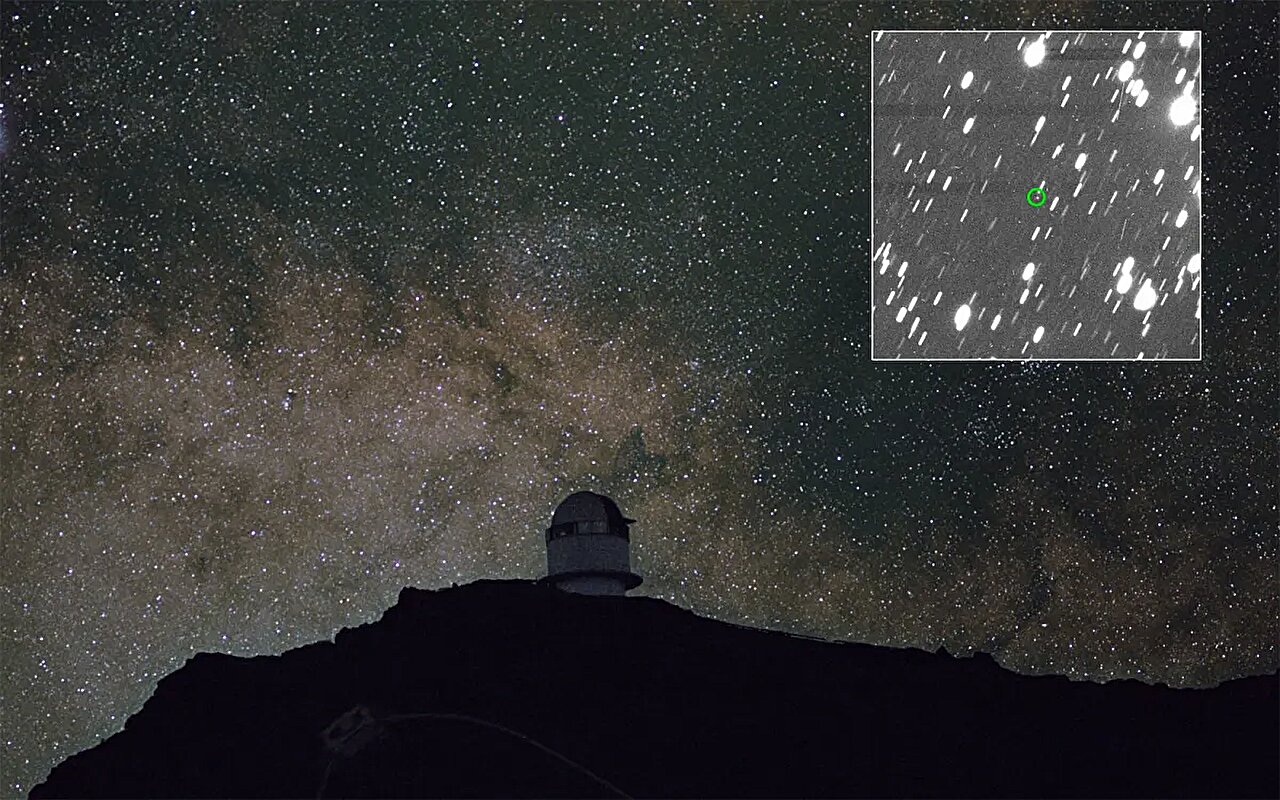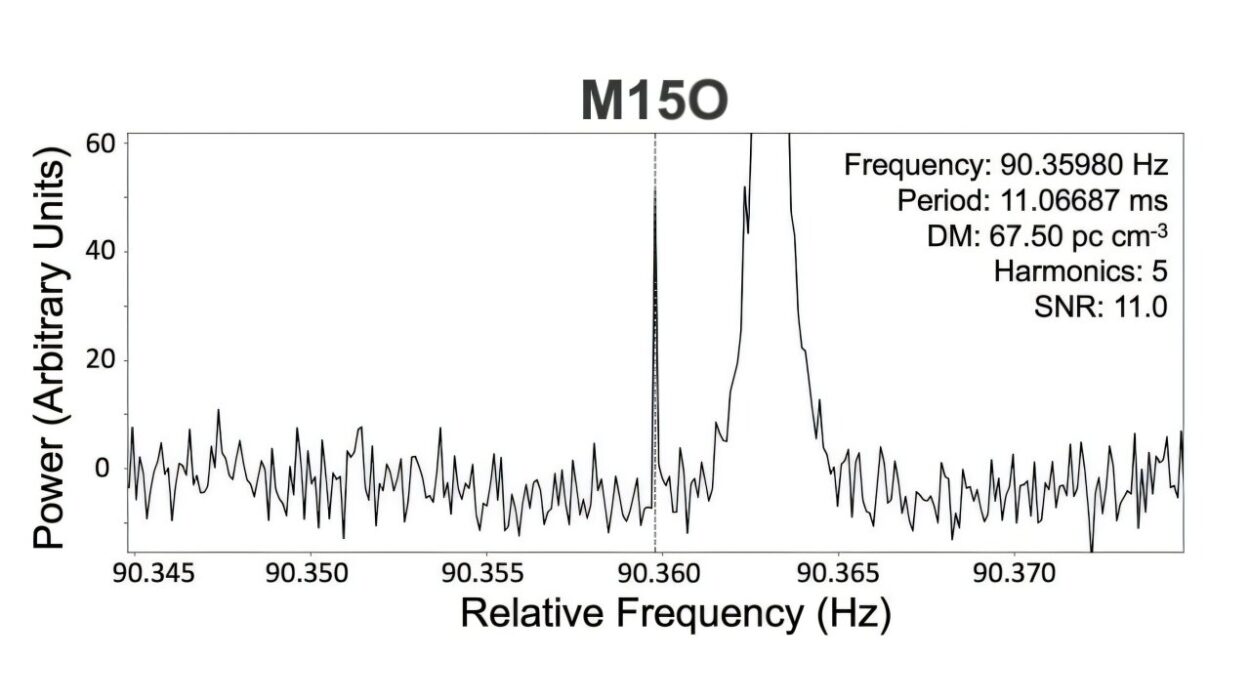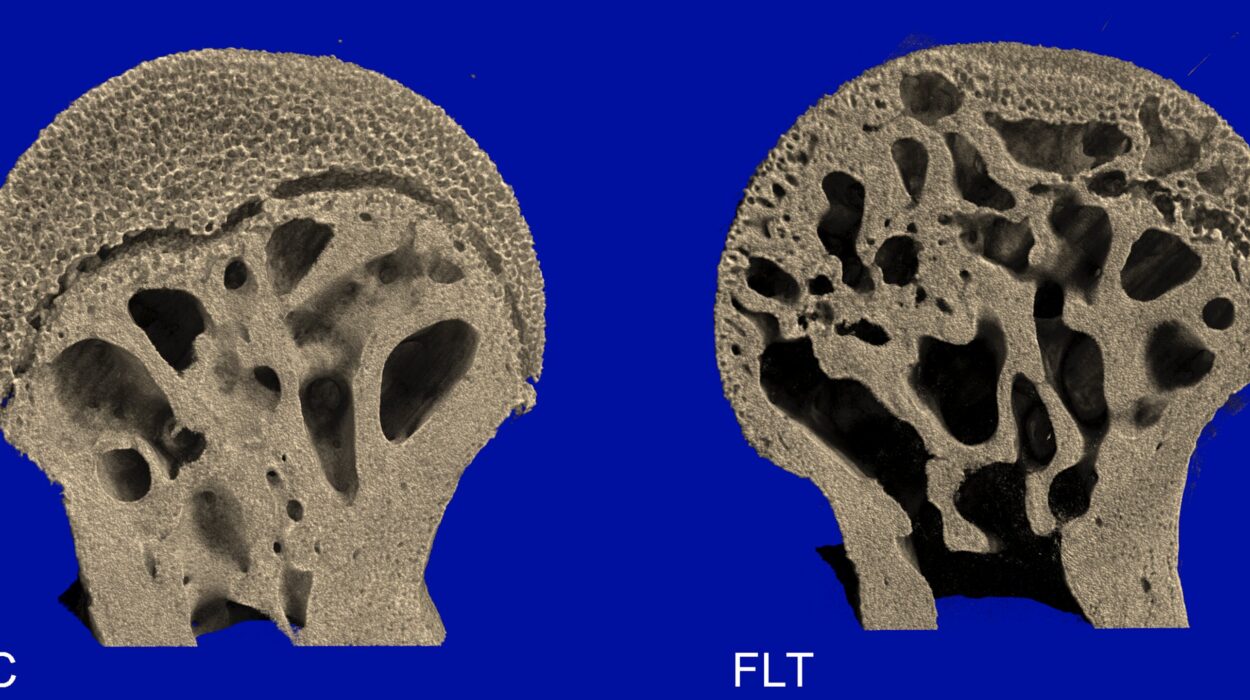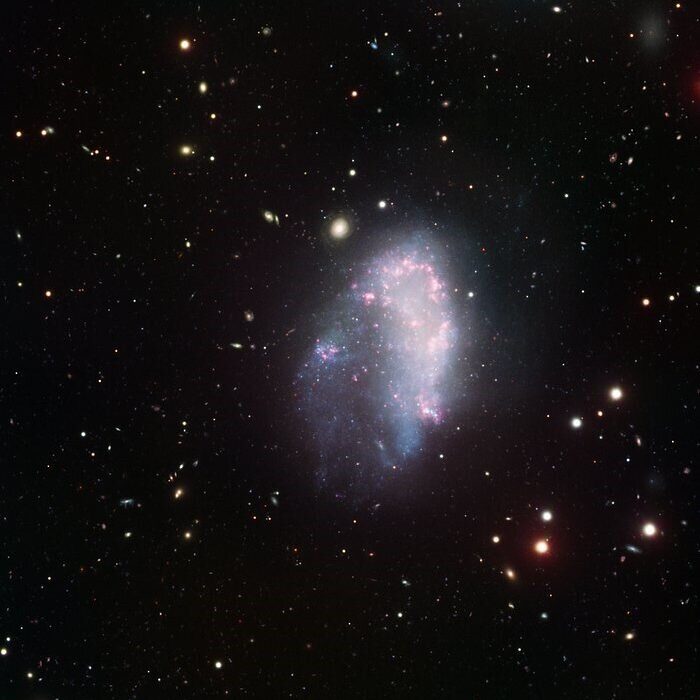The year 2024 witnessed an extraordinary event in planetary defense when asteroid 2024 YR4, first discovered in December 2024, became the focus of global attention. On January 29, 2025, the asteroid triggered an unprecedented notification from the International Asteroid Warning Network (IAWN), signaling the potential for an impact with Earth. This rare event highlighted both the capabilities and challenges faced by the global scientific community in assessing and mitigating asteroid threats. With an impact probability of 1.3% on December 22, 2032, and an estimated size of 40 to 90 meters, YR4 was classified on the Torino scale as a risk level 3, meriting close attention from astronomers worldwide.
Early Calculations and Immediate Action
Asteroid 2024 YR4’s discovery in late December 2024 was initially met with a mix of curiosity and concern. The first calculations suggested a relatively low probability of impact with Earth, but the potential consequences of such a collision were severe enough to warrant immediate action. Given the asteroid’s size—estimated to be between 40 and 90 meters—it could release a significant amount of energy, similar to the Tunguska event of 1908, which leveled thousands of square kilometers of forest in Siberia. As a result, YR4 was classified with a Torino scale rating of 3, indicating a “close approach” but not an immediate threat. However, its proximity to Earth and potential to cause damage prompted astronomers and planetary defense experts to quickly launch an international monitoring campaign.
Within days of the notification, an unprecedented international collaboration began, involving institutions and observatories around the world. Leading the charge was the University of Helsinki, whose team of researchers, including postdoctoral scientists Zuri Gray and Grigori Fedorets, took the initiative to observe the asteroid closely. Their observations were crucial in refining predictions about the asteroid’s trajectory and impact risk.
The Role of the Nordic Optical Telescope (NOT)
Located in La Palma, Canary Islands, the Nordic Optical Telescope (NOT) became a central tool in the global observation campaign. For decades, Finnish astronomers have relied on this telescope for their studies of near-Earth objects, and its high-resolution imaging capabilities were instrumental in analyzing YR4’s size, rotation, and trajectory. Using the 2.5-meter telescope, Gray and Fedorets were able to monitor the asteroid’s movement with remarkable precision.
“Our focus has been on determining the asteroid’s exact position and motion, as well as analyzing its size, shape, and rotation,” said Zuri Gray. “This data is essential for refining the asteroid’s future trajectory and calculating the likelihood of impact.” Grigori Fedorets echoed the sentiment, emphasizing that the Nordic Optical Telescope plays a vital role in global planetary defense efforts.
In the early stages, the observations confirmed that the asteroid was in a highly elliptical orbit, which brought it into the Earth-Moon system. These initial findings set the stage for more detailed investigations, but also raised questions about the possibility of a lunar impact—a risk that had not been fully considered before.
Peak Risk: A 3% Chance of Impact
By mid-February 2024, as the asteroid’s orbit became better understood, the calculated probability of impact with Earth reached an alarming peak of 3%. This marked the highest impact risk ever recorded for an asteroid of YR4’s size, which was still large enough to pose a significant threat. The increase in risk prompted astronomers to intensify their efforts, but not without challenges. The full moon, which occurred in mid-February, temporarily blocked the faint signal from the asteroid, making it impossible to track for several days.
Despite this setback, the University of Helsinki team was the first to resume observations after the moon’s light faded. The new data showed a significant reduction in the impact probability, dropping it to below 0.001%. This dramatic decrease in risk brought much-needed relief to planetary defense experts and the general public.
However, even as the risk of an Earth impact diminished, new calculations introduced a different, though smaller, risk: a potential collision with the moon. With an estimated 4% chance of impact, this new development warranted closer attention. If the asteroid were to strike the moon, the consequences could still be serious. Particles from both the asteroid and the moon could be ejected into space, potentially threatening human space infrastructure, such as satellites and the International Space Station.
Academy Professor Karri Muinonen, a key member of the planetary defense team, explained, “Should the asteroid impact the moon, there could be a cloud of debris released into space. This could pose risks to space operations and infrastructure, which is a new consideration in our planetary defense efforts.”
Advancements in Size Estimation: The Role of Infrared Observations
In addition to optical and radar observations, the use of infrared data proved invaluable in refining the asteroid’s size estimate. Early calculations based on visible light alone had been limited by the asteroid’s reflectivity, which could not provide a precise determination of its size. This was where the James Webb Space Telescope came into play.
On March 26, 2025, the James Webb Space Telescope successfully observed 2024 YR4, providing crucial infrared measurements of the asteroid’s thermal emissions. These emissions are a direct indicator of an object’s size, and the data collected by Webb helped astronomers refine their estimates. Eric MacLennan, a postdoctoral researcher and a key member of the team analyzing the infrared data, noted, “While our initial attempt on March 8 was unsuccessful, we were relieved when the images came back from Webb. The thermal emission data provided a much more accurate size estimate.”
After extensive analysis, the team concluded that YR4’s diameter is likely between 46 and 74 meters, with a 95% confidence level. This refined size estimate allows researchers to better assess the potential consequences of a lunar impact and contribute more accurate information to the global planetary defense effort.
Ongoing Observations and the Future of Planetary Defense
Despite the significant reduction in the risk of an Earth impact, asteroid 2024 YR4 will continue to be closely monitored. Both ground-based and space-based observatories, including the Nordic Optical Telescope, the James Webb Space Telescope, and others, will continue to track the asteroid through April and May 2025. After this period, YR4 will not be observable from Earth until its next close approach in 2028.
For now, astronomers will continue to refine their models, further reducing the uncertainty surrounding the asteroid’s future trajectory. As Associate Professor Mikael Granvik from the University of Helsinki emphasized, “The rapid response and high-quality data provided by telescopes like the NOT are crucial for tracking potentially hazardous asteroids. These medium-sized facilities are indispensable for planetary defense.”
A Global Effort in Planetary Defense
The international efforts to monitor and track asteroid 2024 YR4 demonstrate the importance of global cooperation in the field of planetary defense. In Finland, the responsibility for assessing the risks posed by near-Earth objects lies with the National Land Survey, with the future oversight of the Space Situational Awareness Center. This center, still in development, will play a central role in monitoring not just asteroids but also other space hazards, such as space debris and solar weather events.
The University of Helsinki’s contribution to planetary defense is indispensable. As Senior Research Scientist Anne Virkki pointed out, the expertise of Finnish astronomers is a key asset for both national and international efforts to assess and mitigate the risks posed by near-Earth objects. “The unique combination of observational expertise, theoretical research, and laboratory work at the University of Helsinki makes us a critical partner in global planetary defense efforts,” Virkki said.
Conclusion: A Moment of Reflection
As the global community continues to track 2024 YR4, the asteroid serves as a stark reminder of the unpredictable nature of space. While the current risk of an impact has been significantly reduced, the event underscores the importance of planetary defense initiatives. With advances in technology, international collaboration, and the tireless work of astronomers and researchers, humanity is better prepared than ever to detect and mitigate the risks posed by near-Earth objects.
In the end, the ongoing work on asteroid 2024 YR4 is not just about preventing an impact; it is about building a global infrastructure that can respond to space threats, safeguard human civilization, and deepen our understanding of the cosmos. The events of early 2025 were a testament to the power of science, collaboration, and vigilance in the face of an uncertain universe.
Reference: A. S. Rivkin, et al. JWST Observations of Potentially Hazardous Asteroid 2024 YR4. Research Notes of the AAS. iopscience.iop.org/article/10. … 847/2515-5172/adc6f0






